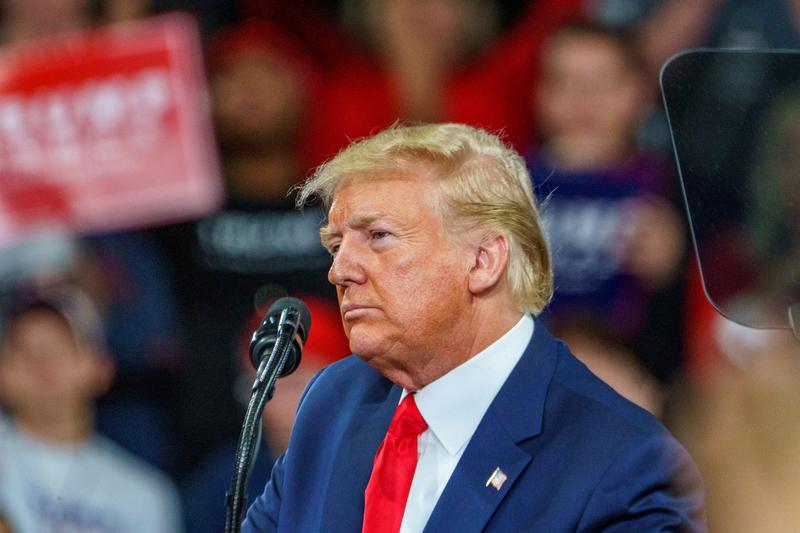On Wednesday, February 19, 2025, President Donald Trump disclosed a potential plan to return a portion of government efficiency savings to American taxpayers. His proposal includes giving back 20% of the cost reductions identified by the Department of Government Efficiency (DOGE), led by Elon Musk, to citizens through dividend payments.
During the Future Investment Initiative (FII) PRIORITY Summit in Miami Beach, Florida, Trump suggested a potential division of DOGE’s savings. “There’s even under consideration a new concept where we give 20 percent of the DOGE savings to American citizens, and 20 percent goes to paying down debt,” Trump stated. “The numbers are incredible, Elon—so many millions, billions, hundreds of billions.”
The idea was first suggested by James Fishback, CEO of investment firm Azoria, who shared a detailed proposal on social media platform X. His plan involved distributing an estimated $5,000 per household to approximately 79 million households currently paying federal income tax. This distribution would be based on Musk’s initial estimation of DOGE achieving $2 trillion in federal budget cuts, with $400 billion (20%) potentially being redistributed to taxpayers beginning July 2026.
However, Musk has walked back the $2 trillion estimation. In a January interview with a political strategist, he admitted that the figure was a “best-case outcome,” and that he believes he has a “good shot” at achieving only half of that reduction.
The reported savings of DOGE have been met with substantial criticism. While the agency claimed $55 billion in savings through a published “wall of receipts,” a detailed review revealed significant discrepancies. One notable mistake was DOGE’s claim of saving $8 billion by cancelling a U.S. Immigration and Customs Enforcement (ICE) contract that was worth only $8 million.
A further analysis by CBS News found additional accounting errors, including misunderstandings of government contracting processes that led to inflated savings estimates. DOGE incorrectly calculated “indefinite delivery, indefinite quantity” contracts, claiming $654 million in savings when the actual spending was roughly $400 million.
The cancellation of contracts by the program has had tangible effects. Many of the terminated contracts were related to diversity, equity, and inclusion efforts, such as a Department of Education project supporting over 1,070 youth with disabilities and HIV/AIDS prevention initiatives in Africa.
Economists have expressed concerns about the potential economic implications of such dividend payments. Research suggests that previous direct payments to Americans during the pandemic may have contributed to inflation, with government stimulus estimated to have added 2.6 percentage points to the 7.9% annual inflation rate recorded in February 2022.
DOGE’s method of reducing federal spending has been met with criticism by contracting experts. A former federal contracting official described DOGE’s savings claims as “completely disingenuous.” The program has also ended contracts with several media outlets, including Politico, Bloomberg, The New York Times, and The Washington Post, claiming approximately $11 million in savings.
Despite concerns about the accuracy of DOGE’s reported savings, Trump insists that the potential for dividend payments would motivate citizens to report wasteful government spending as they would directly benefit from the identified savings. The administration has yet to provide specific details about how the remaining 60% of the claimed DOGE savings would be applied.











